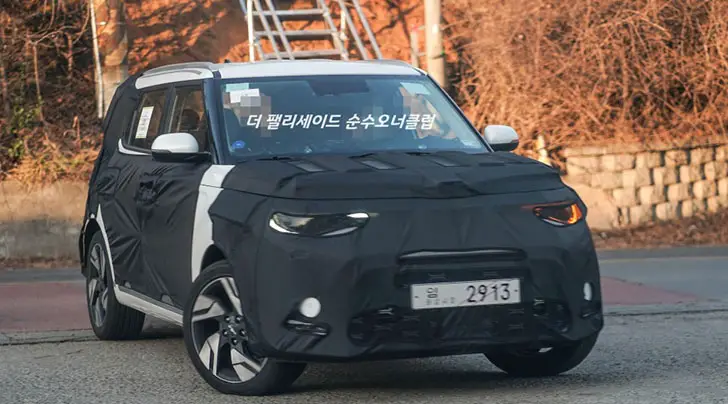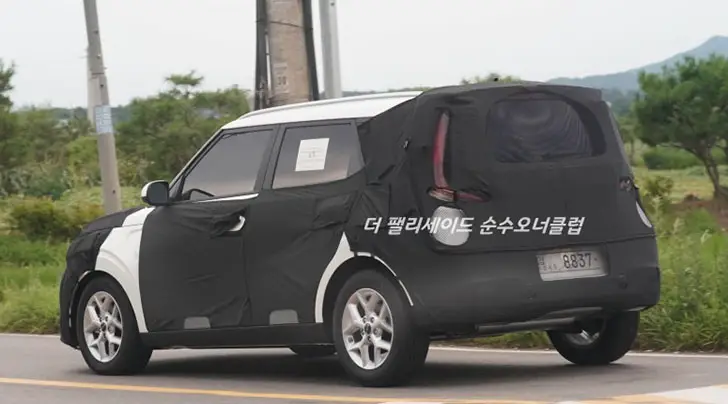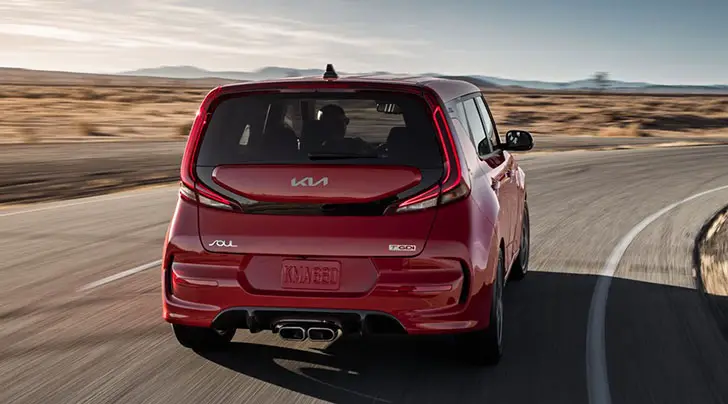The Kia Soul EV is just about set for release, and the Koreans are more than happy to talk about one of the features they feel is key in the electric car.
HVAC technologies are not something that get a lot of press in the auto industry, but in the case of the Soul electric vehicle, it’s kind of a big deal.
That is because the HVAC system can be a major drain on an electric car, which is something that Kia engineers hoped to avoid when putting the EV model together.
What engineers discovered was that extreme cold could hurt the effective range of the all electric cars by as much as 50%, which is why they looked at new technologies.
4 State-Of-The-Art HVAC Technologies
In all, 4 new HVAC technologies were added to the 2015 Soul EV:
- – smart air induction control
- – heat pump
- – scheduled ventilation
- – driver only ventilation
The heat pump employs waste heat from a number of different sources to increase the efficiency of the HVAC system, essentially heating the cabin without drawing too much on the battery.
The system is made up of an evaporator, compressor, and condenser that combine to allow waste heat produced by electrical components to be harness by the HVAC system.
That energy is pumped back into the cabin in the form of recycled heat that improves the efficiency of the heating and ventilation systems.
This helps add more distance to the overall range of the EV.
A smart air intake system works alongside the pump and controls the amount of air going in and out of the cabin, as well as humidity levels.
The system controls recycles air that has already been used by the HVAC and sends a perfect amount of warm or cool air into the cabin.
Humidity and temperature sensors are what allow the system to deliver the perfect air flow.
A first for any production vehicle is the individual ventilation system. What it essentially does is shut off heating and cooling in very part of the cabin except that in front of the driver.
This is different from traditional systems where shutting the other vents does nothing but divert the air through the vents that are open.
The system is activated via a ‘driver only’ button on the dashboard, which can be used when a single occupant is in the car.
Another first is the scheduled ventilation system that allows the owner to pre-heat or pre-cool the cabin for 30 minutes before they start the vehicle.
This is done while the vehicle is plugged in so that the load on the battery is kept to a minimum.
Just how well all of these new HVAC systems actually work will be put to the most extreme of tests by Kia engineers.
The new Kia Soul electric vehicle will be tested on the fringe on the Arctic Circle in northern Sweden, when external temperatures can plummet as low as -31°F.
If the Soul EV is able to make it there, it’s safe to say that it will make it anywhere.
Kia Soul EV Prototype Winter Testing
Find more Kia Motors news at the homepage of the blog.




